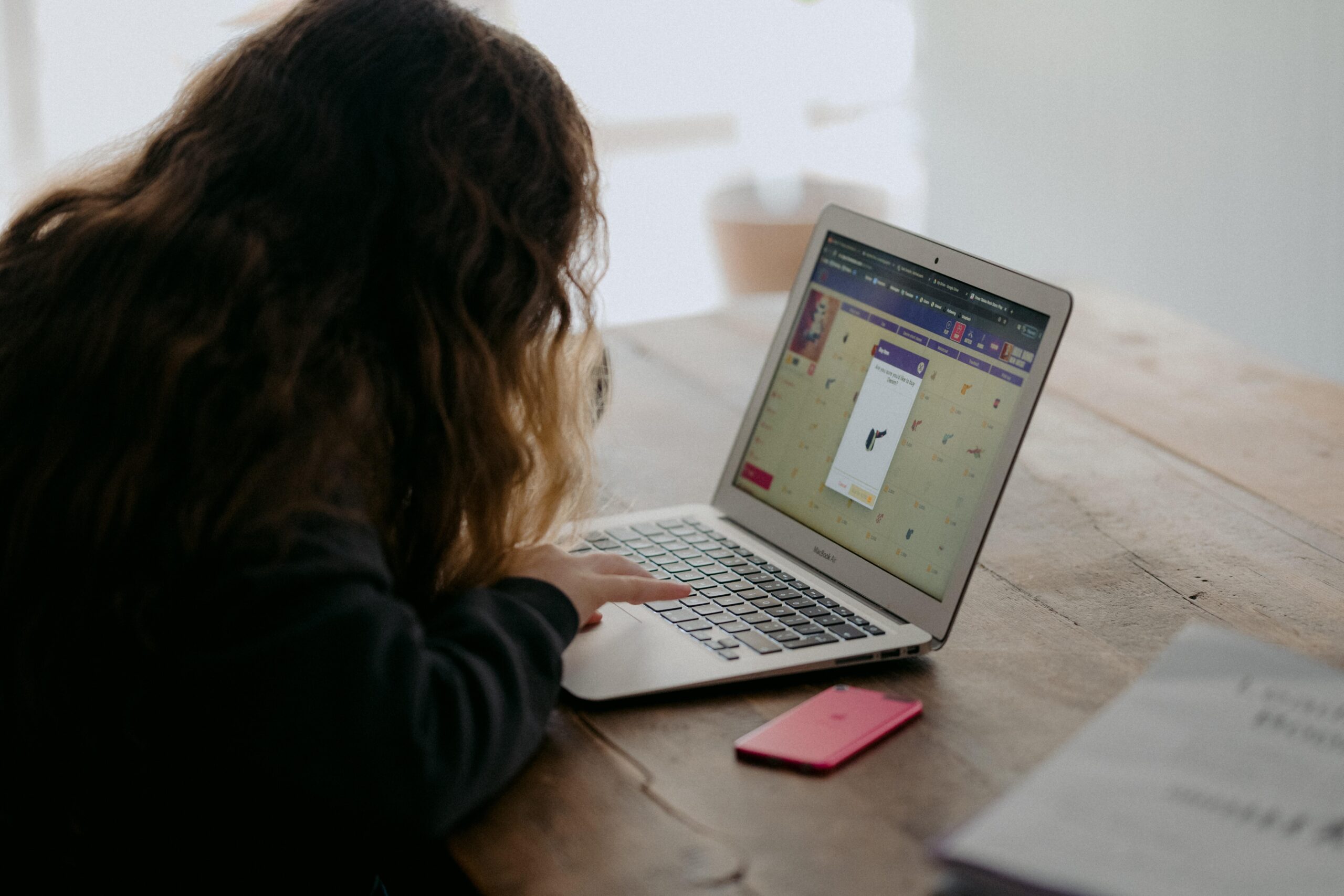The COVID-19 pandemic has interrupted the education system forcing the inclusion of new technological tools like e-learning. More than 1.2 billion students across 186 countries are affected. Coronavirus has triggered uncertainty among the unprivileged groups.
India has a student population of 320 million. As education moved online, the country witnessed a surge in use of e-learning, video conferencing tools, virtual tutoring, and online services software in the last few months. Online learning on Zoom, Whatsapp, and Skype became the new normal for students and teachers. But, on the other hand, some students face challenges for making e-learning accessible.
Online platforms like BYJU’s, the world’s most valuable ed-tech company, announced free live classes on its app. Later the app saw a 200 per cent increase in new students’ login.
Meanwhile, e-learning services for rural communities & for students from Government schools and colleges is difficult due to lack of facilities. Based on a 2017-18 report by the National Sample Survey, less than 25 per cent rural households have Internet access. The survey further said that only 8.5 per cent female students in rural India could use the Internet.
The Indian education sector is already facing problems of a low learning outcome, dip in enrollment, and high dropout rates.
Avanti organization has partnered with the state governments of Haryana, Jharkhand, Rajasthan, and Madhya Pradesh. And can make its content freely accessible to more than one million students.
The Hindu reported, “Students from private schools and those living in urban areas can access high-quality digital learning. But we are not able to help students belonging to the rural areas with proper E-Learning services. We have no plan for them, the government needs to subsidize phone data and mobile phones for students in rural areas,” said Akshay Saxena, founder of Avanti.

